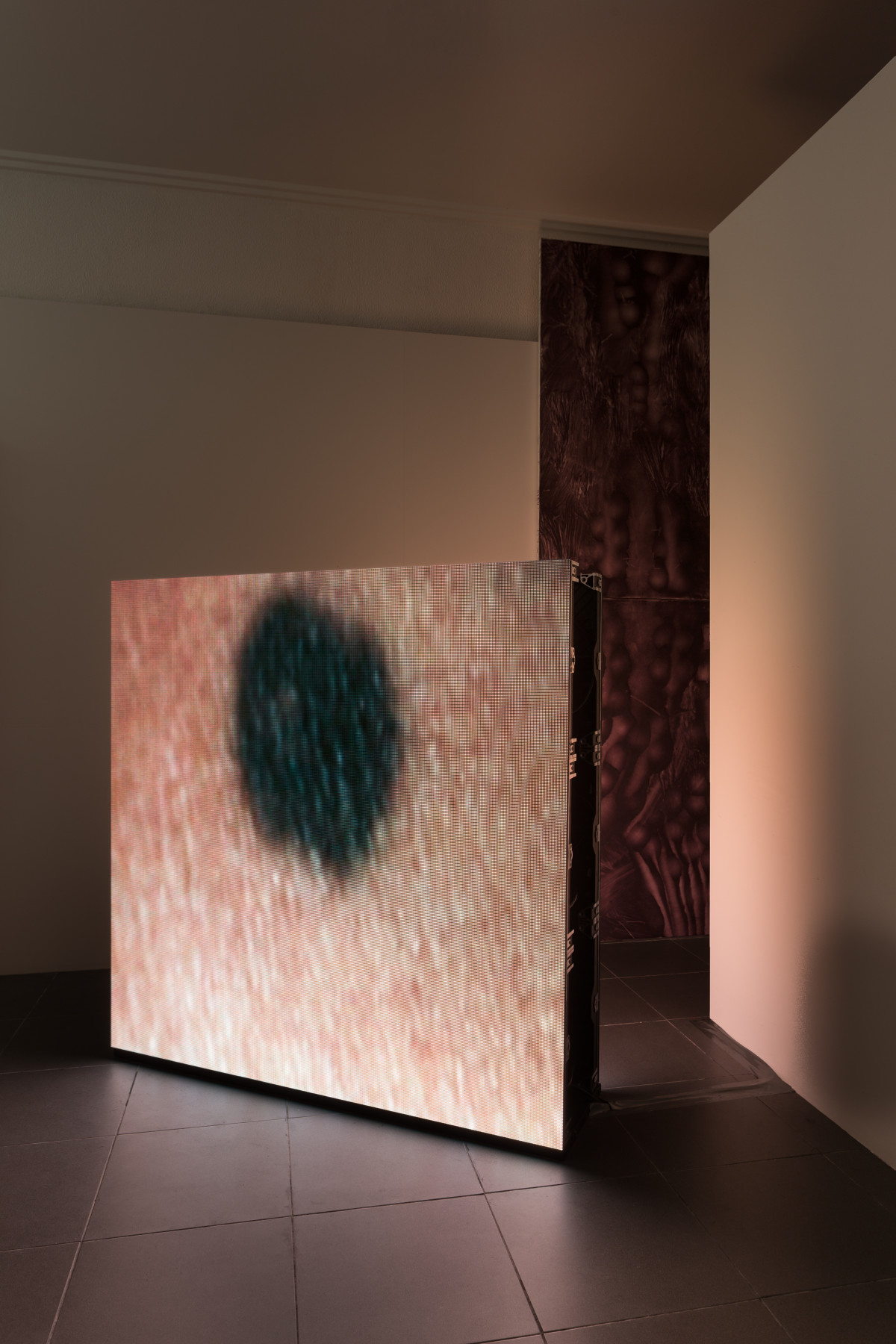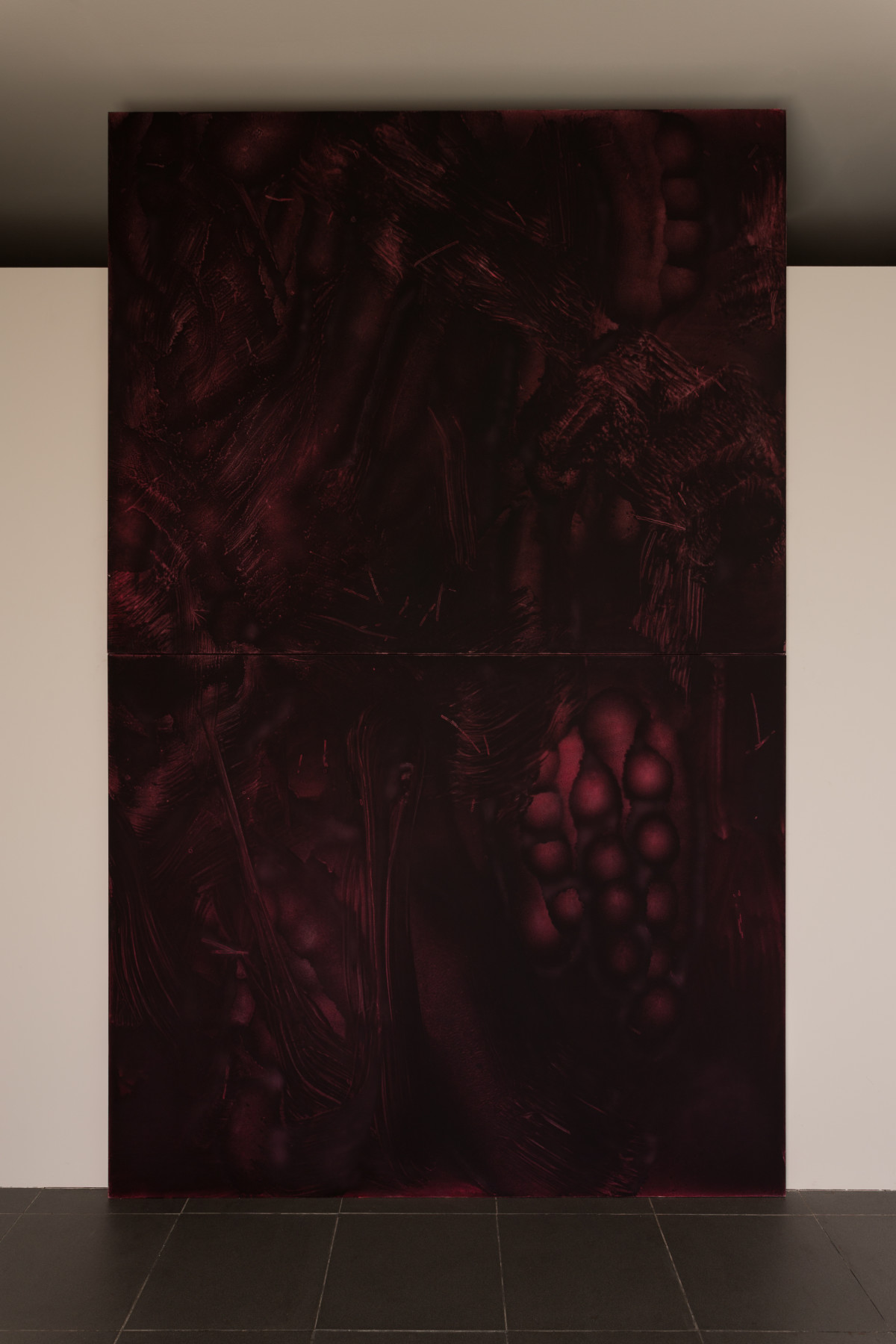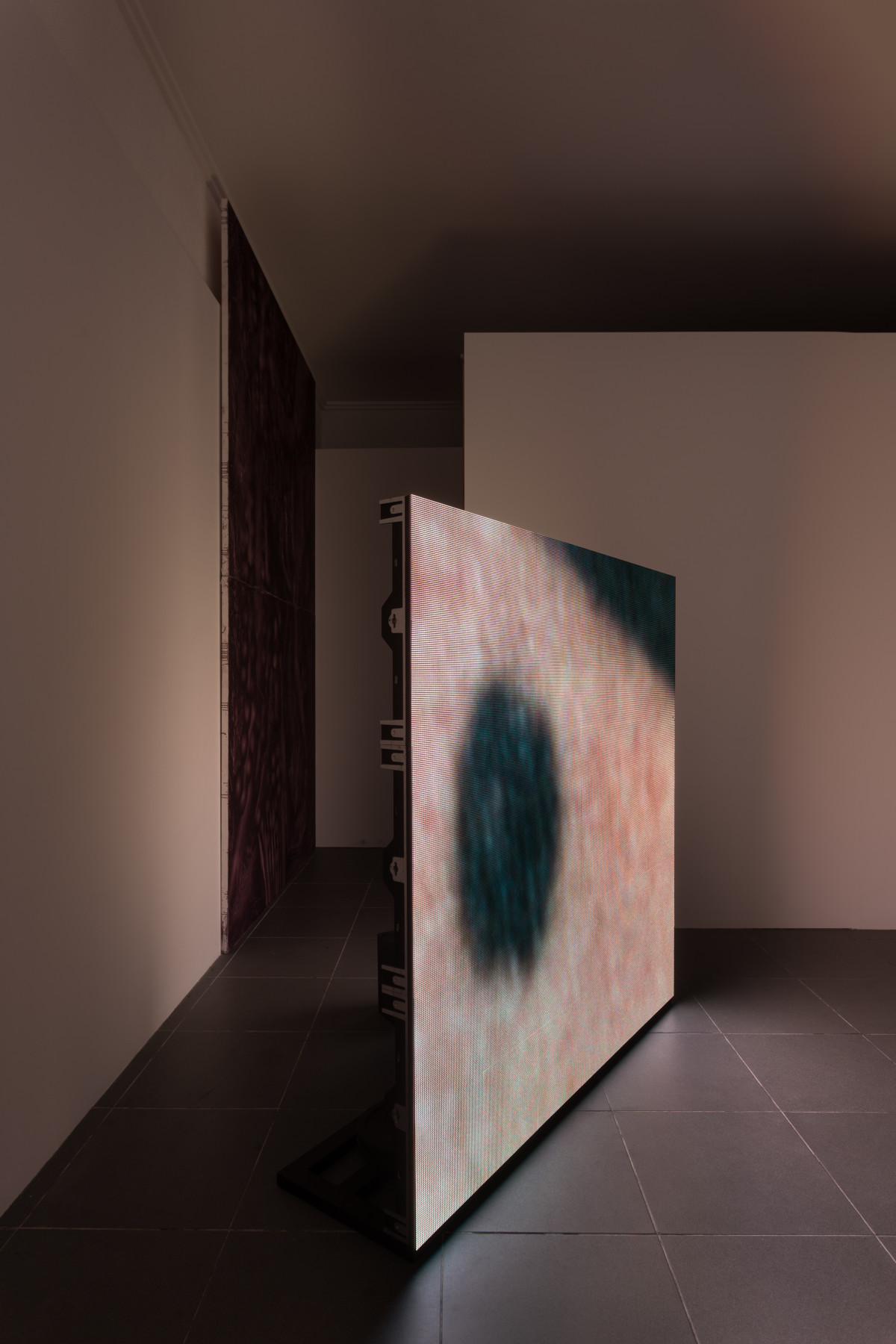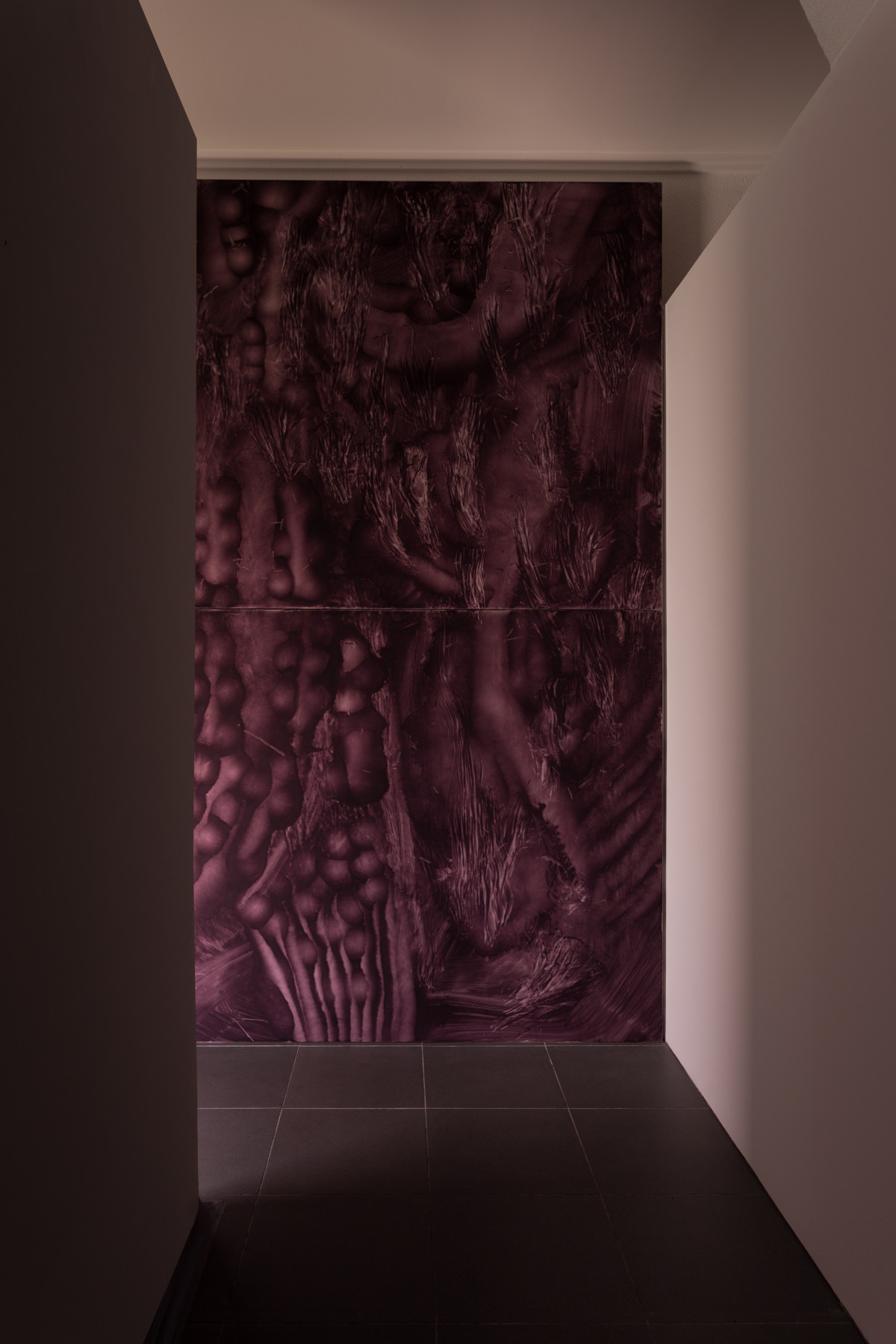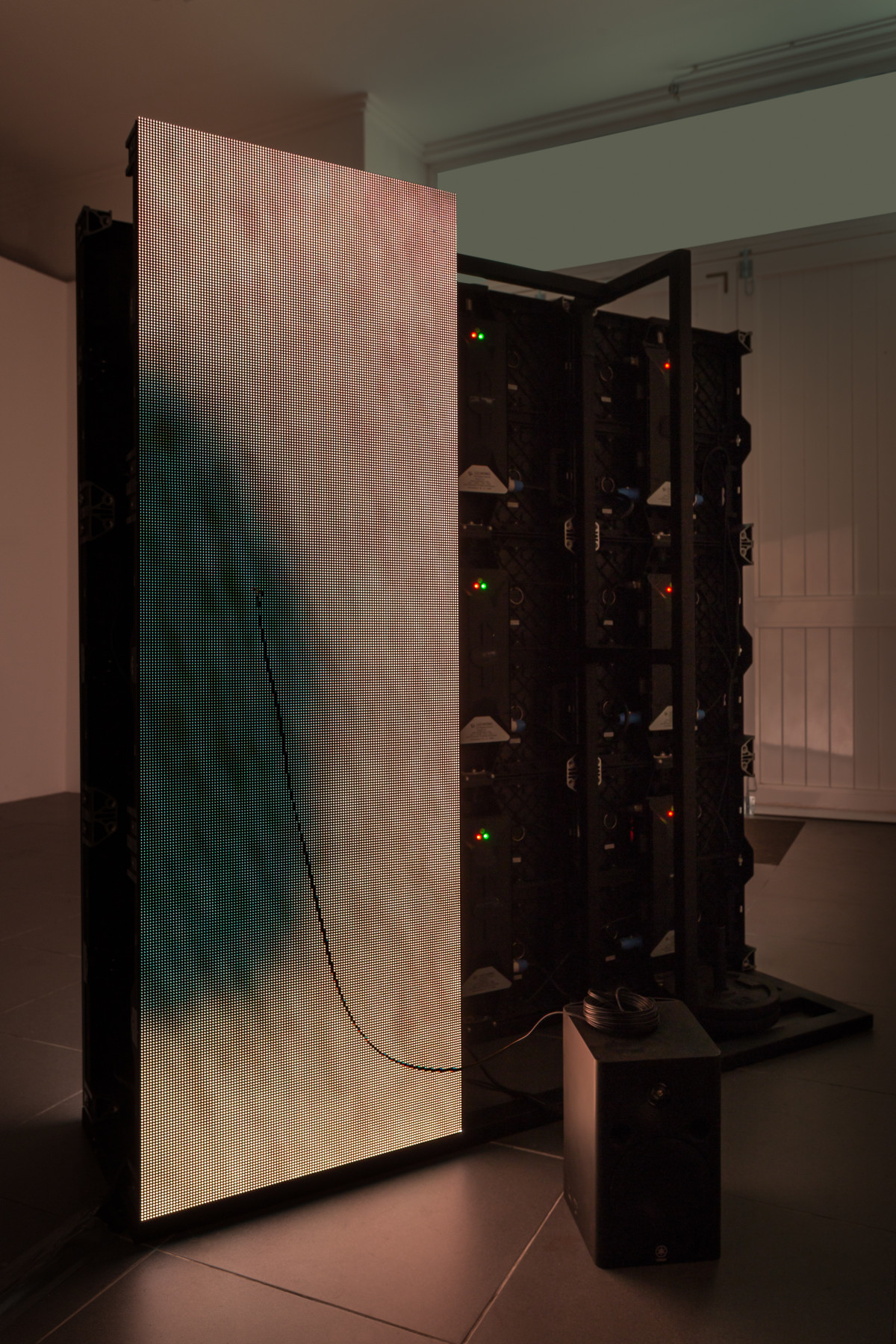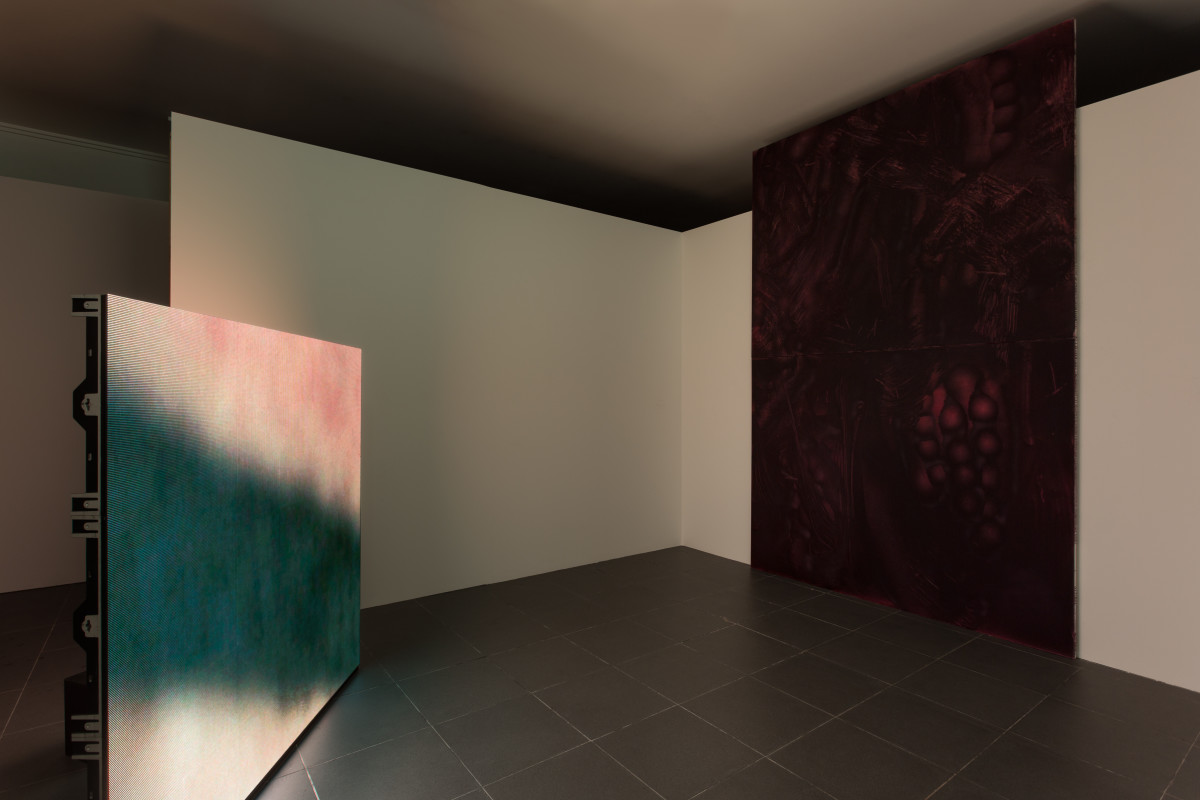
ÁGUA, VINHO, COROAS DE FLORES
António Neves Nobre & Igor Jesus
Opening at
Until
(notes on the exhibition)
1. In the word sequence that composes the title of the exhibition there is adjacent a sense of tragic, a sense of the course of life. It could be translated as: being born, living, dying; child, adult, deceased; becoming, developing, fading. There is also in this sequence a bucolic dimension, which transcends the paradigm of cause/effect, that induces to a behavioral protocol, a group ceremony. Wine, through its historical and religious symbolism, is often associated with rebirth or fertility. In Western culture it is synonym with well being, “joie de vivre”. A glass of good wine seams to always facilitate social life; it feels good with friends.
2. Three components make the title sequence and three elements make the exhibition. Together they create a common body.
3. The Mouth is the first organ of the digestive system. Through the mouth one gets water and wine. It is the organ that articulates speech. However, as expanded by Saussure, one must not confuse speech with linguistic sign, nor the later with language. A linguistic sign is a social code, homogeneous and external to the individual, while speech is a psychic-physical mechanism that allows the combinations of such codes to be expressed. On its own turn language is as much social as individual, it is multiform and irregular in inflection, and depends on the individual’s culture in order to be exercised fully.
4. The paintings of António Neves Nobre are, simultaneously, a microbiological image and an apocalyptic scenario. They represent Burroughs’s theory of language as a virus that spread among men causing a permanent genetic mutation. Curiously the mouth cavity is also the place in the human body which presents the largest level and diversity of microorganisms.
5. Boca [Mouth] (2019) is an image of tattoed skin; another form of speech. Although complementary, the language in the body differs from the language of the body. One is of hieroglyphic nature and the other of gestural. As much as a scar, a tattoo causes a social interpretation. A Tattoo fits a hierarchy, a group, an ideology. The language in a body is a diary of habits, conquests, and of a belonging. As a manifest of the property of one’s body it becomes crucial in the purposes of belonging, resigning or of the acknowledging of certain specific contexts. In Igor Jesus words the body is the only space of total freedom.
One’s property of pleasure and pain is the mandatory condition to one’s freedom. To target the body with a process of pain is to affirm the dominium over the body; however, as written by Hannah Arendt in The Human Condition, “the happiness achieved in isolation from the world and enjoyed within the confines of one’s own private existence can never be anything but the famous “absence of pain””, such is because the recognition of the body’s freedom is only attainable by the possibility to cease that pain.
6. António’s paintings subvert the process of appropriation inherent to the digital by the manual, to machine as substitute of men, to the mechanization of the creative process. The technique suggests a digital aesthetic, a virtual image created from a sonar. A constant sound fills the space.
7. A constant sound fills the space. Alternate frequencies react to the chromatic variation of tattoed skin. Igor Jesus, who frequently underlines the transposal of mechanic qualities to the Human body, assigns, in contrary, reading properties to the machine
“…a written word is an image and written words are images in sequence that is to say moving pictures. So any hieroglyphic sequence gives us an immediate working definition for spoken words. Spoken words are verbal units that refer to this pictorial sequence. And what then is the written word? My basis theory is that the written word was literally a virus that made spoken word possible. The word has not been recognized as a virus because it has achieved a state of stable symbiosis with the host...” William Burroughs, The Electronic Revolution
8. The virus from Burroughs’s doesn’t act merely biologically but also symbolically. The virus of language is also the virus of sign, of culture. “The written word is of course a symbol for something”. To write is to produce a happening, it is to create a new reality.
9. A constant sound fills the room, it varies according to the light intensity. Images react to light as much as sound reacts to light. Images react to sound as much as sound reacts to image. The light dies, the images die, the symbol dies.
10 (extra note). Uppercut is a strike to knock out with efficiency. Ideally it is executed from a short reach. It’s a risk.
Miguel Mesquita
May 2019

